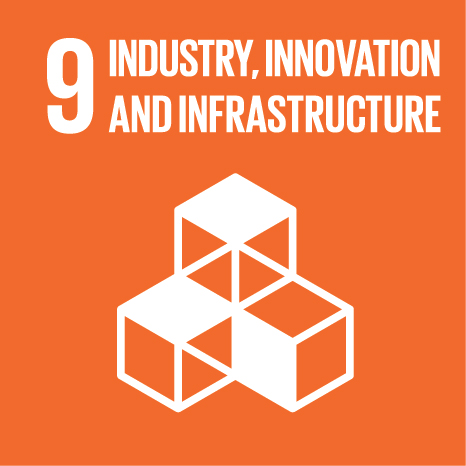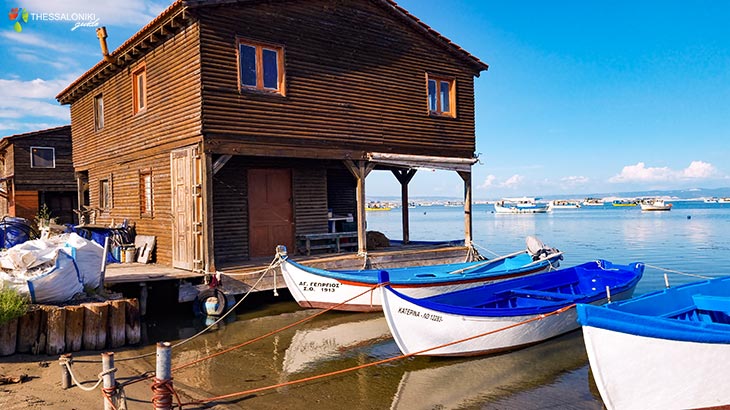 Inclusive and sustainable industrialization, together with innovation and infrastructure, can unleash dynamic and competitive economic forces that generate employment and income. They play a key role in introducing and promoting new technologies, facilitating international trade and enabling the efficient use of resources.
Inclusive and sustainable industrialization, together with innovation and infrastructure, can unleash dynamic and competitive economic forces that generate employment and income. They play a key role in introducing and promoting new technologies, facilitating international trade and enabling the efficient use of resources.
However, the world still has a long way to go to fully tap this potential. Least developed countries, in particular, need to accelerate the development of their manufacturing sector if they are to meet the 2030 target, and scale up investment in scientific research and innovation.
Global manufacturing growth has been steadily declining, even before the outbreak of the COVID-19 pandemic. The pandemic is hitting manufacturing industries hard and causing disruptions in global value chains and the supply of products.
Innovation and technological progress are key to finding lasting solutions to both economic and environmental challenges, such as increased resource and energy-efficiency. Globally, investment in research and development (R&D) as a proportion of GDP increased from 1.5 per cent in 2000 to 1.7 per cent in 2015 and remained almost unchanged in 2017, but was only less than 1 per cent in developing regions.
In terms of communications infrastructure, more than half of the world’s population is now online and almost the entire world population lives in an area covered by a mobile network. It is estimated that in 2019, 96.5 per cent were covered by at least a 2G network.
The corona virus pandemic has revealed the urgent need for resilient infrastructure. The Asian Development Bank notes that critical infrastructure in the region remains far from adequate in many countries, despite the rapid economic growth and development the region has experienced over the past decade. The Economic and Social Survey of Asia and the Pacific highlights that making infrastructure resilient to disasters and climate change will require an additional investment of $434 billion per year. This sum may need to be even greater in some subregions, such as the Pacific small island developing states.
Facts and Figures
- The manufacturing industry’s recovery from the coronavirus disease (COVID-19) pandemic remains incomplete and uneven. Global manufacturing growth slowed down to 3.3 per cent in 2022, from 7.4 per cent in 2021. Progress in least developed countries (LDCs) is far from sufficient to reach the target of doubling the manufacturing share in gross domestic product (GDP) by 2030. However, medium-high- and high-technology industries demonstrated robust growth rates.
- As of 2022, 95 per cent of the world’s population was within reach of a mobile broadband network, but some areas remain underserved.
- Global carbon dioxide (CO2) emissions from energy combustion and industrial processes grew by 0.9 per cent to a new all-time high of 36.8 billion metric tons, well below global GDP growth, reverting to a decade- long trend of decoupling emissions and economic growth.
- To achieve Goal 9 by 2030, it is essential to support LDCs, invest in advanced technologies, lower carbon emissions and increase mobile broadband access.
- The share of manufacturing employment in total employment continued to decline worldwide, falling from 14.3% in 2015 to 13.6% in 2021.
- As of 2022, 95% of the world’s population was within reach of a mobile broadband network, but some areas remain underserved.
- Global expenditure on research and development (R&D) as a proportion of GDP increased from 1.69% in 2015 to 1.93% in 2020. The number of researchers per million inhabitants has increased worldwide from 1,022 in 2010 and 1,160 in 2015 to 1,342 in 2020.
Targets
- 9.1 Develop quality, reliable, sustainable and resilient infrastructure, including regional and transborder infrastructure, to support economic development and human well-being, with a focus on affordable and equitable access for all
- 9.2 Promote inclusive and sustainable industrialization and, by 2030, significantly raise industry’s share of employment and gross domestic product, in line with national circumstances, and double its share in least developed countries
- 9.3 Increase the access of small-scale industrial and other enterprises, in particular in developing countries, to financial services, including affordable credit, and their integration into value chains and markets
- 9.4 By 2030, upgrade infrastructure and retrofit industries to make them sustainable, with increased resource-use efficiency and greater adoption of clean and environmentally sound technologies and industrial processes, with all countries taking action in accordance with their respective capabilities
- 9.5 Enhance scientific research, upgrade the technological capabilities of industrial sectors in all countries, in particular developing countries, including, by 2030, encouraging innovation and substantially increasing the number of research and development workers per 1 million people and public and private research and development spending
- 9.A Facilitate sustainable and resilient infrastructure development in developing countries through enhanced financial, technological and technical support to African countries, least developed countries, landlocked developing countries and small island developing States 18
- 9.B Support domestic technology development, research and innovation in developing countries, including by ensuring a conducive policy environment for, inter alia, industrial diversification and value addition to commodities
- 9.C Significantly increase access to information and communications technology and strive to provide universal and affordable access to the Internet in least developed countries by 2020






